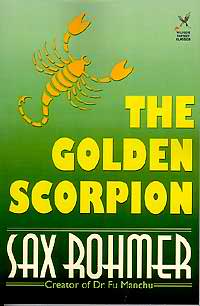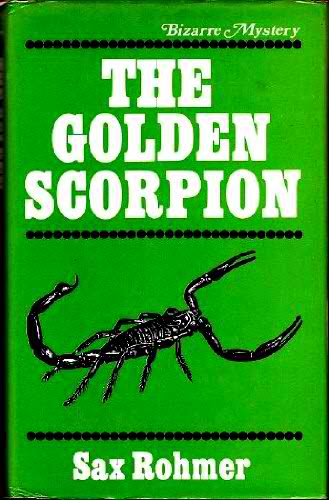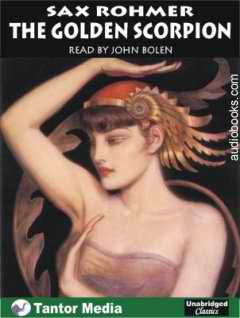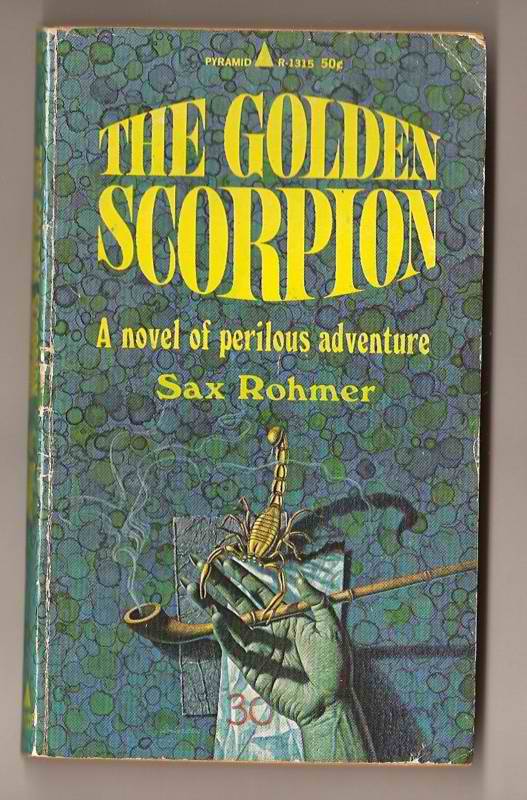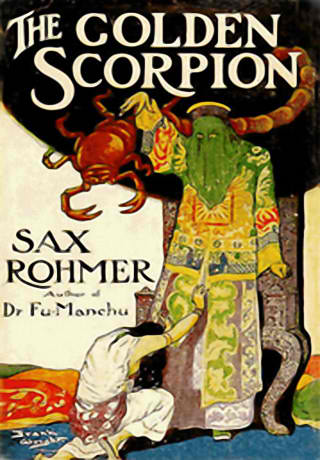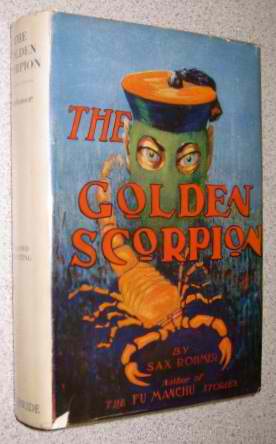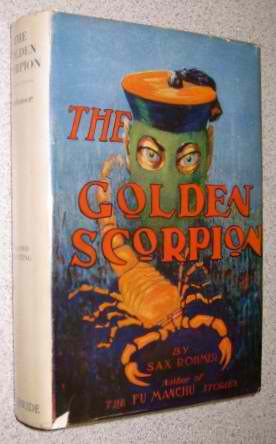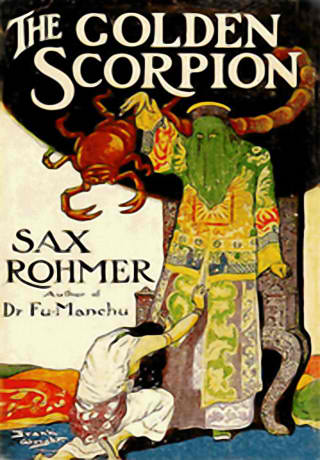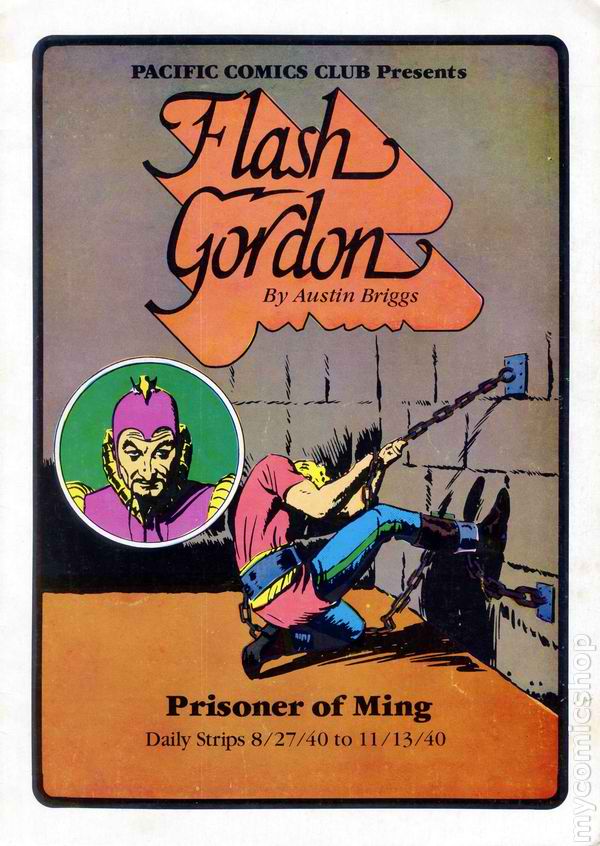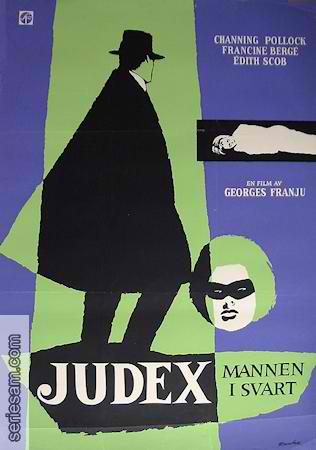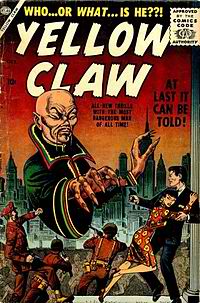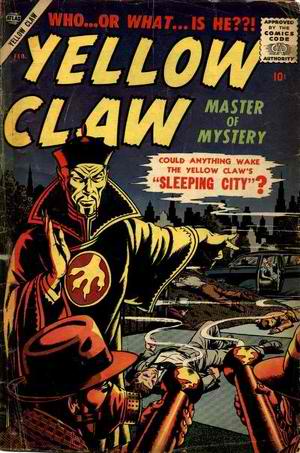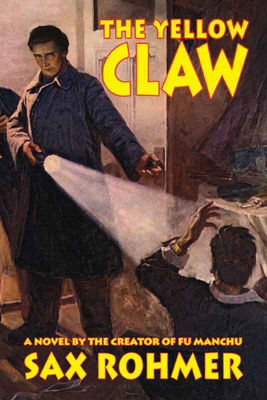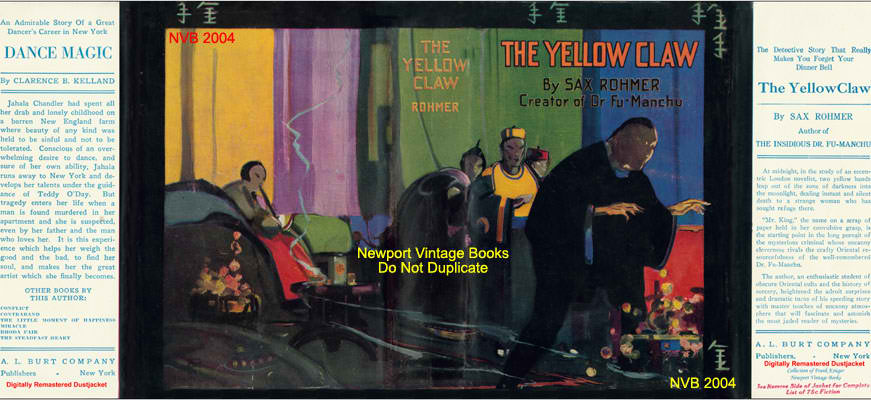Sgt. Janus, Spirit-Breaker Carries on the Tradition
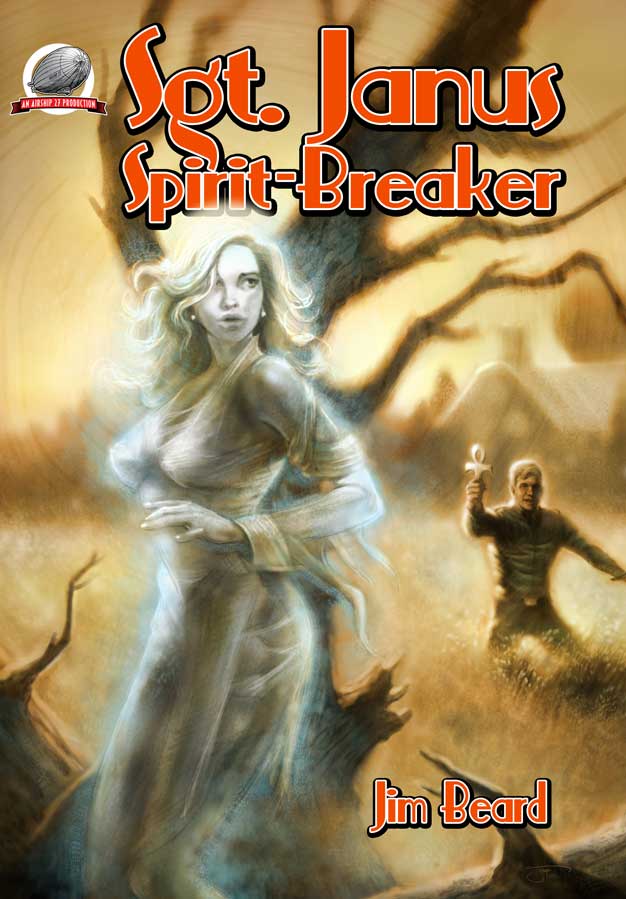
 There is a longstanding tradition of occult detectives. Sheridan Le Fanu is generally considered the originator of the sub-genre with his chronicles of Dr. Martin Hesselius. Together with William Hodgson Hope’s Carnacki, Seabury Quinn’s Jules de Grandin, and Manly Wade Wellman’s John Thunstone, Dr. Hesselius’ cases are generally regarded as the finest examples of a continuing occult detective hero in the supernatural realm of mystery fiction.
There is a longstanding tradition of occult detectives. Sheridan Le Fanu is generally considered the originator of the sub-genre with his chronicles of Dr. Martin Hesselius. Together with William Hodgson Hope’s Carnacki, Seabury Quinn’s Jules de Grandin, and Manly Wade Wellman’s John Thunstone, Dr. Hesselius’ cases are generally regarded as the finest examples of a continuing occult detective hero in the supernatural realm of mystery fiction.
Willie Meikle, Jim Butcher, and Simon R. Green are among the outstanding contemporary practitioners of the form. Now one may add Jim Beard and his creation of Sgt. Roman Janus to the list of occult detectives whose exploits are worthy of a larger audience. Beard is among the select group whose work is exclusively aimed at the niche market for New Pulp. Sgt. Janus, both as an original creation and as a literary work itself, raises the bar for Beard’s fellow authors to match the same exacting standard achieved here.
Janus, in Roman mythology, is the god of the gateway to the past and the future. So it is with Sgt. Janus, a character who provides the essential link between the astral plane and our own reality. The eight stories in this collection depict the character through the eyes of his clients. The device works brilliantly in giving the reader differing perspectives on the detective and his methods.
